Application of box of 12 packs Azin saffron 3 gr
1. Harvesting and Production:
Saffron is derived from the saffron crocus (Crocus sativus) flower. The stigmas, which are the thread-like structures in the center of the flower, are handpicked and dried to obtain saffron threads. It takes a large number of flowers to yield a small amount of saffron, making it one of the most expensive spices in the world. The majority of saffron production comes from countries such as Iran, Spain, India, and Greece.
2. Quality and Grading
box of 12 packs Azin saffron 3 gr quality is determined by factors such as color, aroma, flavor, and potency.
The higher the levels of crocin (responsible for color), safranal (responsible for aroma), and picrocrocin (responsible for flavor), the higher the quality of saffron.
Saffron is often graded based on these factors, with the highest grade known as "coupe" or "superior." Lower grade saffron may be labeled as "pushal" or "sargol."
3. Coloring and Flavoring Agent:
box of 12 packs Azin saffron 3 gr is prized for its ability to impart a vibrant yellow color to dishes.
It is commonly used in rice, pasta, and dessert preparations to provide an appealing golden hue. Saffron also adds a distinct floral aroma and a slightly bitter, honey-like flavor to foods.
4. Traditional and CulturalSignificance:
Saffron has a long history of cultural and traditional significance. It has been used in various cuisines, medicines, and rituals in different cultures around the world.
For example, box of 12 packs Azin saffron 3 gr is an integral part of Indian, Persian, Spanish, and Arab cuisines. In some cultures, it is associated with festive occasions and used in special dishes.
5. Saffron Substitutes:
Due to its high cost, saffron is sometimes substituted with other ingredients to mimic its color and flavor.
However, these substitutes may not provide the exact taste and aroma of saffron. Common saffron substitutes include turmeric (for color), safflower, marigold, or annatto (for color), and cardamom (for flavor).
6. Storage and Shelf Life:
To preserve saffron's quality, it should be stored in an airtight container in a cool, dark place away from moisture and light. Properly stored saffron can retain its flavor and aroma for up to two years.
However, its potency may diminish over time, so it is best to use saffron within a year of purchase.
7. Harvesting and Production:
Azin saffron is derived from the saffron crocus (Crocus sativus) flower. The stigmas, which are the thread-like structures in the center of the flower, are handpicked and dried to obtain saffron threads.
It takes a large number of flowers to yield a small amount of saffron, making it one of the most expensive spices in the world. The majority of saffron production comes from countries such as Iran, Spain, India, and Greece.
8. Quality and Grading:
Saffron quality is determined by factors such as color, aroma, flavor, and potency. The higher the levels of crocin (responsible for color), safranal (responsible for aroma), and picrocrocin (responsible for flavor), the higher the quality of saffron.
9. Coloring and Flavoring Agent:
box of 12 packs Azin saffron 3 gr is prized for its ability to impart a vibrant yellow color to dishes. It is commonly used in rice, pasta, and dessert preparations to provide an appealing golden hue.
Saffron also adds a distinct floral aroma and a slightly bitter, honey-like flavor to foods.
10. Traditional and Cultural Significance:
Saffron has a long history of cultural and traditional significance.
It has been used in various cuisines, medicines, and rituals in different cultures around the world. For example, saffron is an integral part of Indian, Persian, Spanish, and Arab cuisines. In some cultures, it is associated with festive occasions and used in special dishes.
11. Saffron Substitutes:
Due to its high cost, saffron is sometimes substituted with other ingredients to mimic its color and flavor.
However, these substitutes may not provide the exact taste and aroma of saffron. Common saffron substitutes include turmeric (for color), safflower, marigold, or annatto (for color), and cardamom (for flavor).
12. Storage and Shelf Life:
To preserve saffron's quality, it should be stored in an airtight container in a cool, dark place away from moisture and light. Properly stored saffron can retain its flavor and aroma for up to two years.
However, its potency may diminish over time, so it is best to use saffron within a year of purchase.
Introducing the box of 12 packs Azin saffron
As you know, box of 12 packs Azin saffron 3 gr is an expensive and valuable spice. Therefore, its maintenance should be done in the best way.
One of the factors that reduce the quality of saffron is humidity. Moisture makes saffron threads stick to each other and also reduces its properties.
To solve this problem, Aghele saffron has a packaging that can greatly reduce moisture entering the saffron.
box of 12 packs Azin saffron 3 gr, one gram, are sold in polycrystal containers.
Due to its strong lid and design, these containers are completely closed and do not allow moisture to penetrate into the saffron. And it helps to maintain the quality of your saffron.
permissions
All the saffron products of Aghele have I.R FDA and standard marks. It is also supplied with quality certificate products so that you can witness the unique quality of this saffron.
Your trust is very important to us.
weights of box of 12 packs Azin saffron 3 gr
This product is available in weights of 1, 3, 0.5, 5 and 10 grams.
We also have Dokhtarpich saffron in bulk at Aghele Saffron, which you can buy.
You can refer to the Instagram page about how to grant Aghele saffron representation.
You can call these numbers to buy saffron
Also, send a message to Aghele Saffron's Instagram direct.
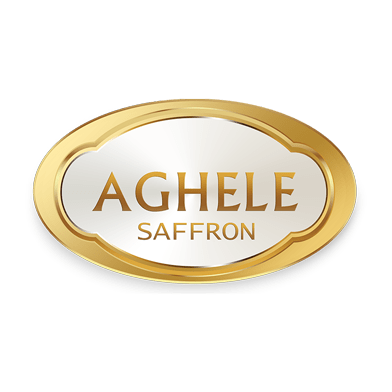

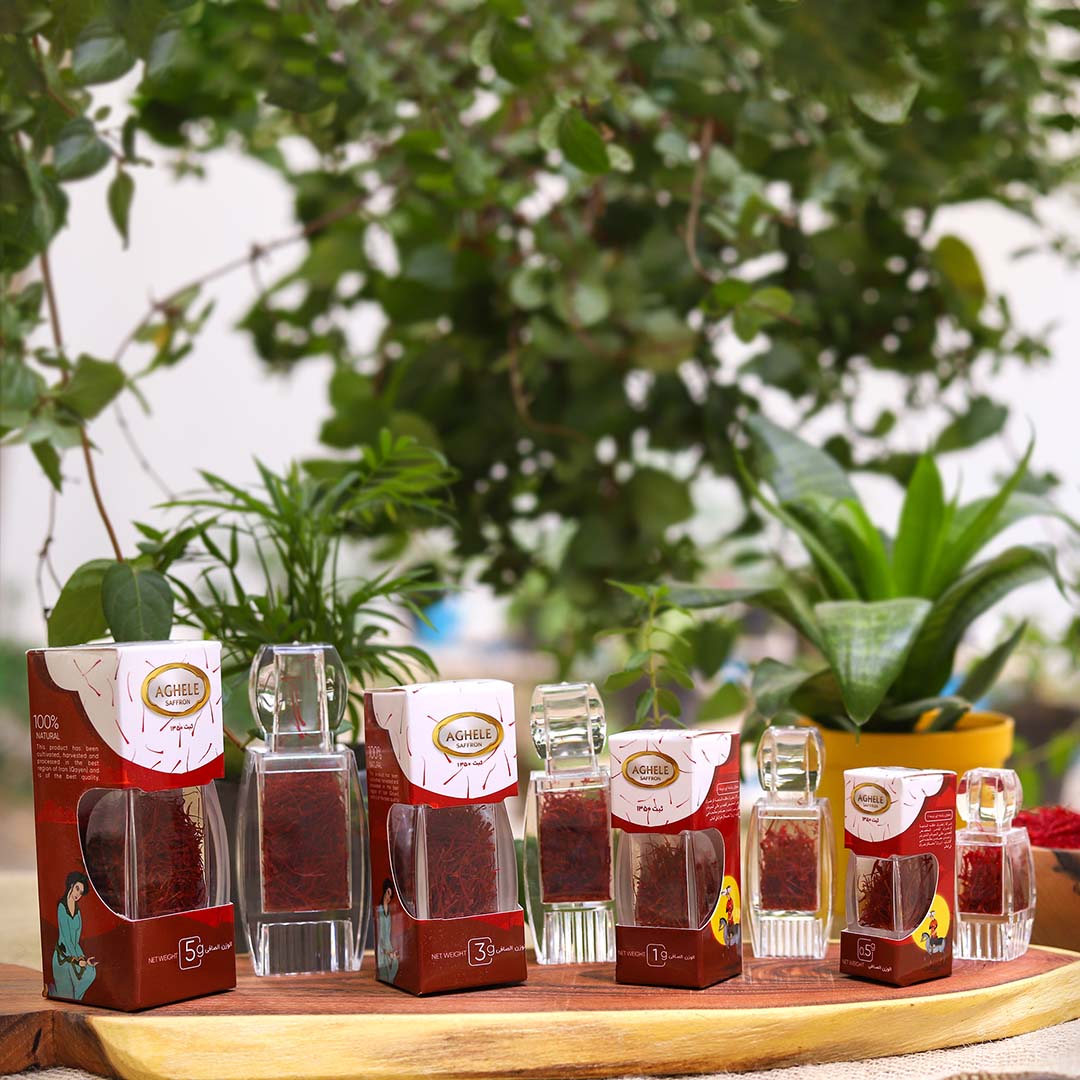

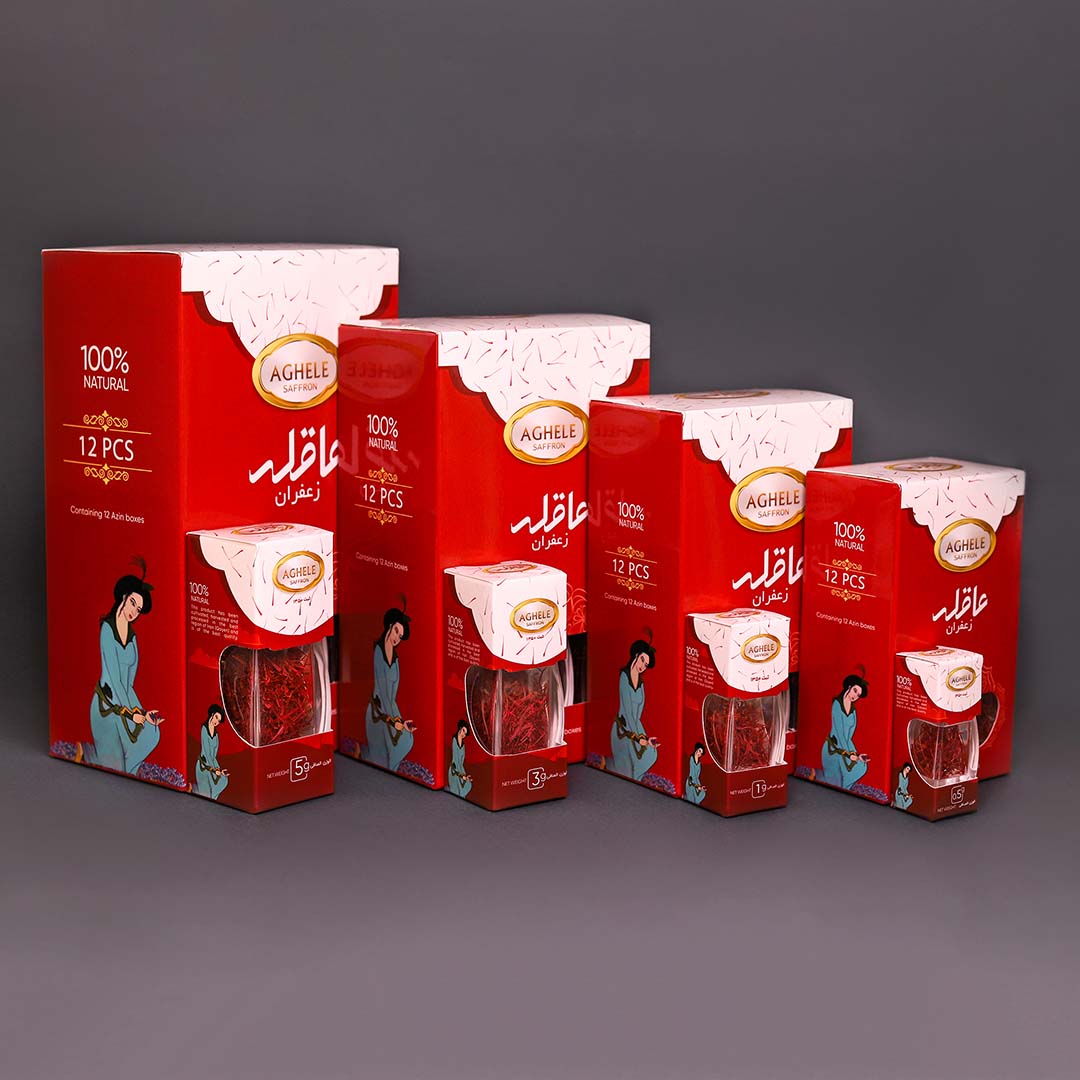
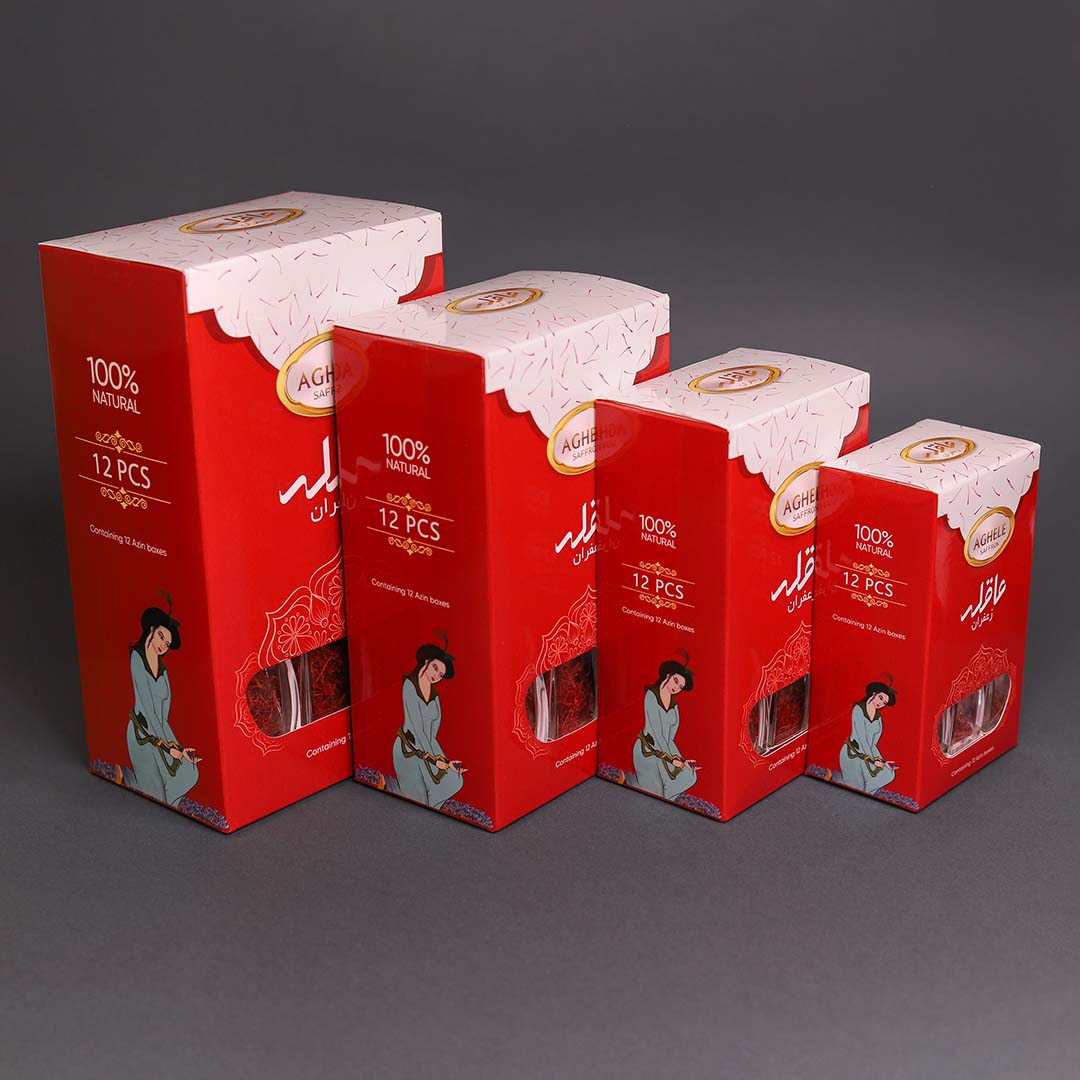
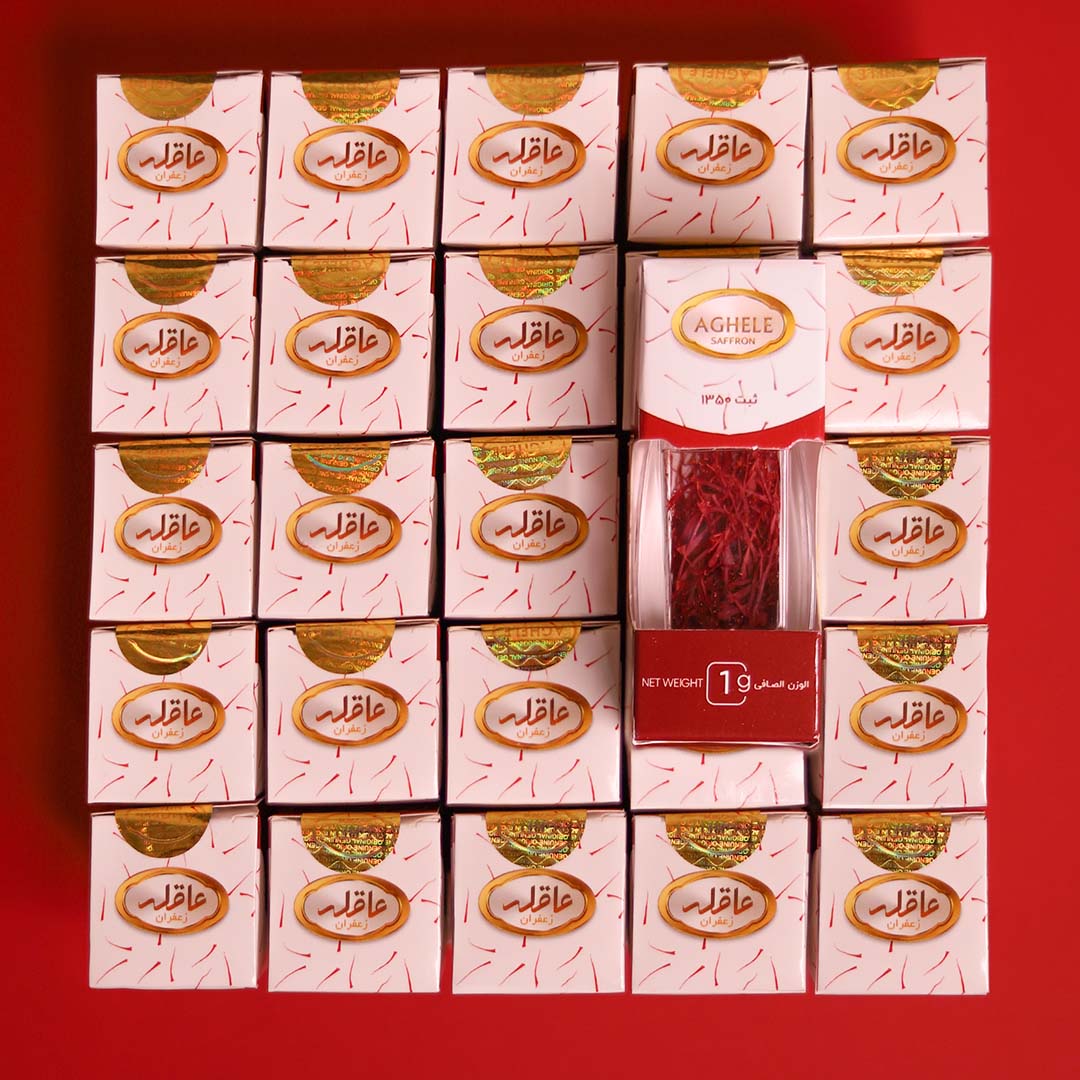
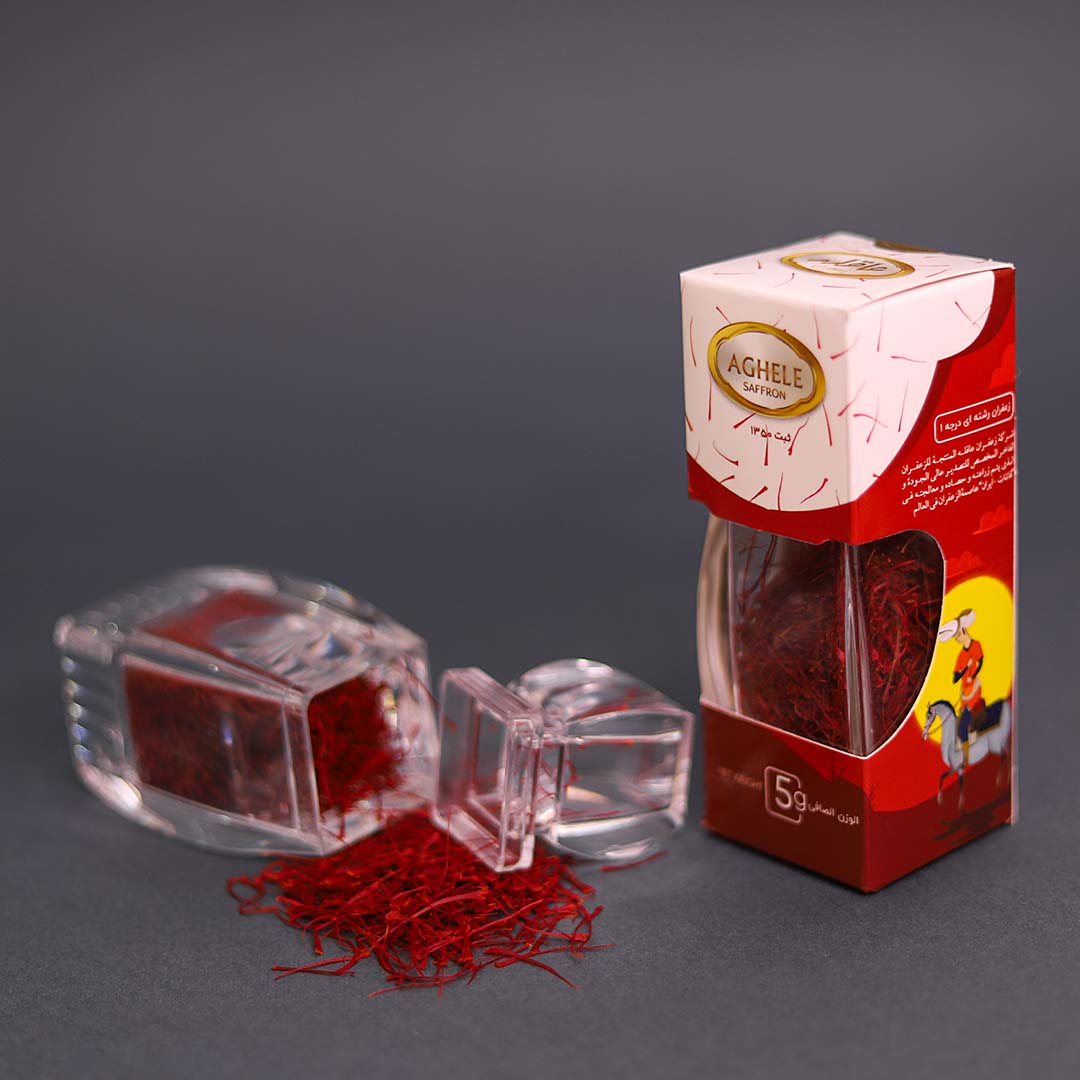
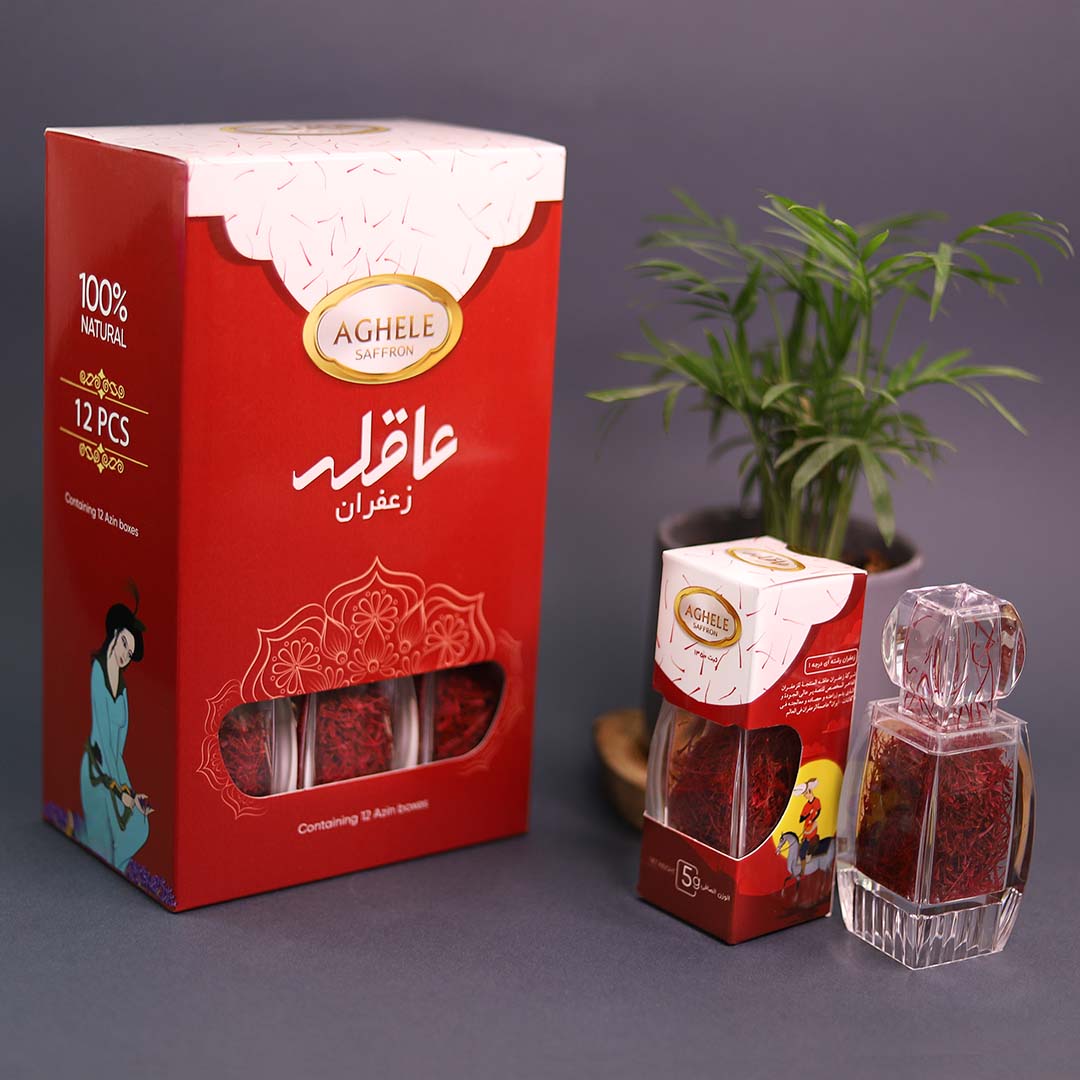
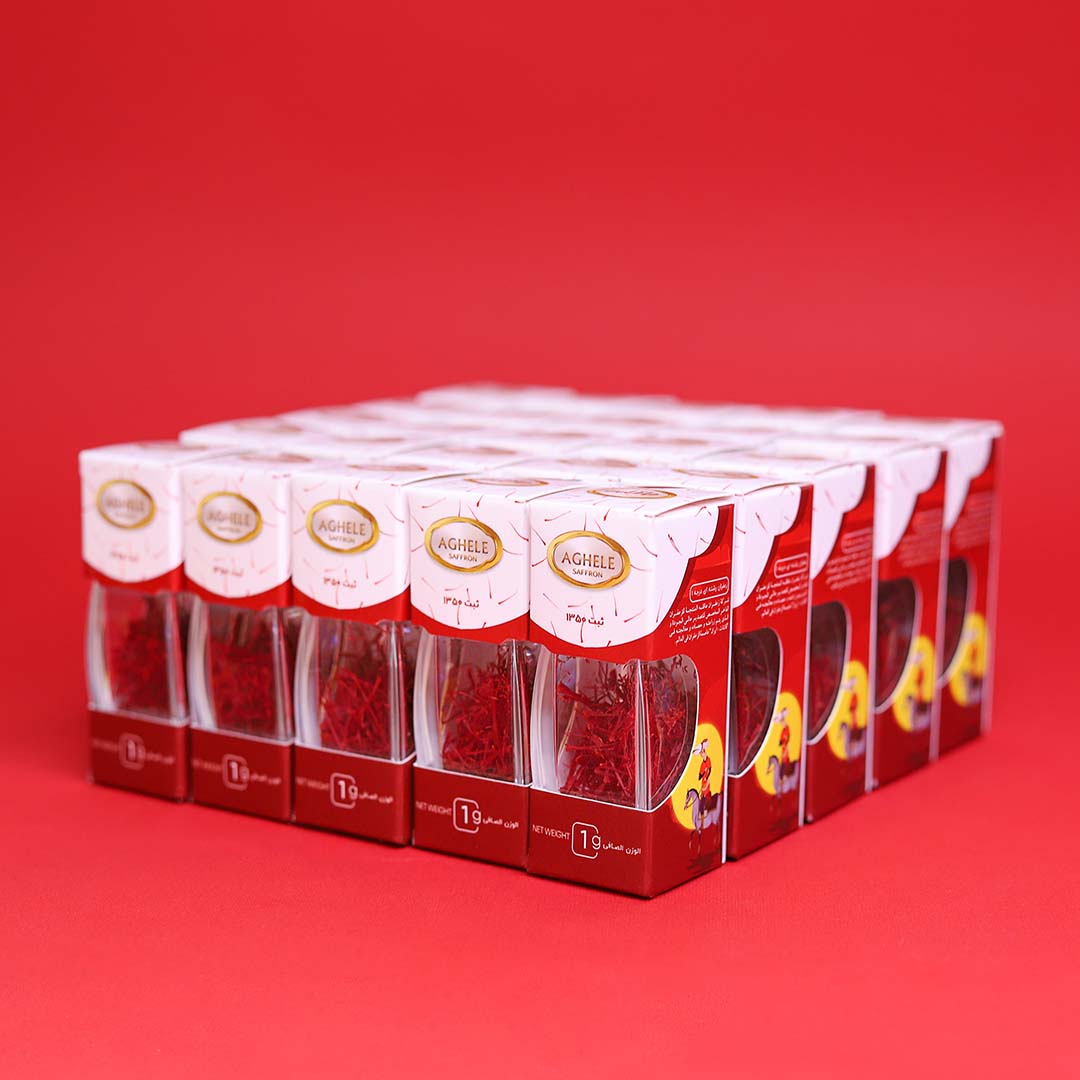
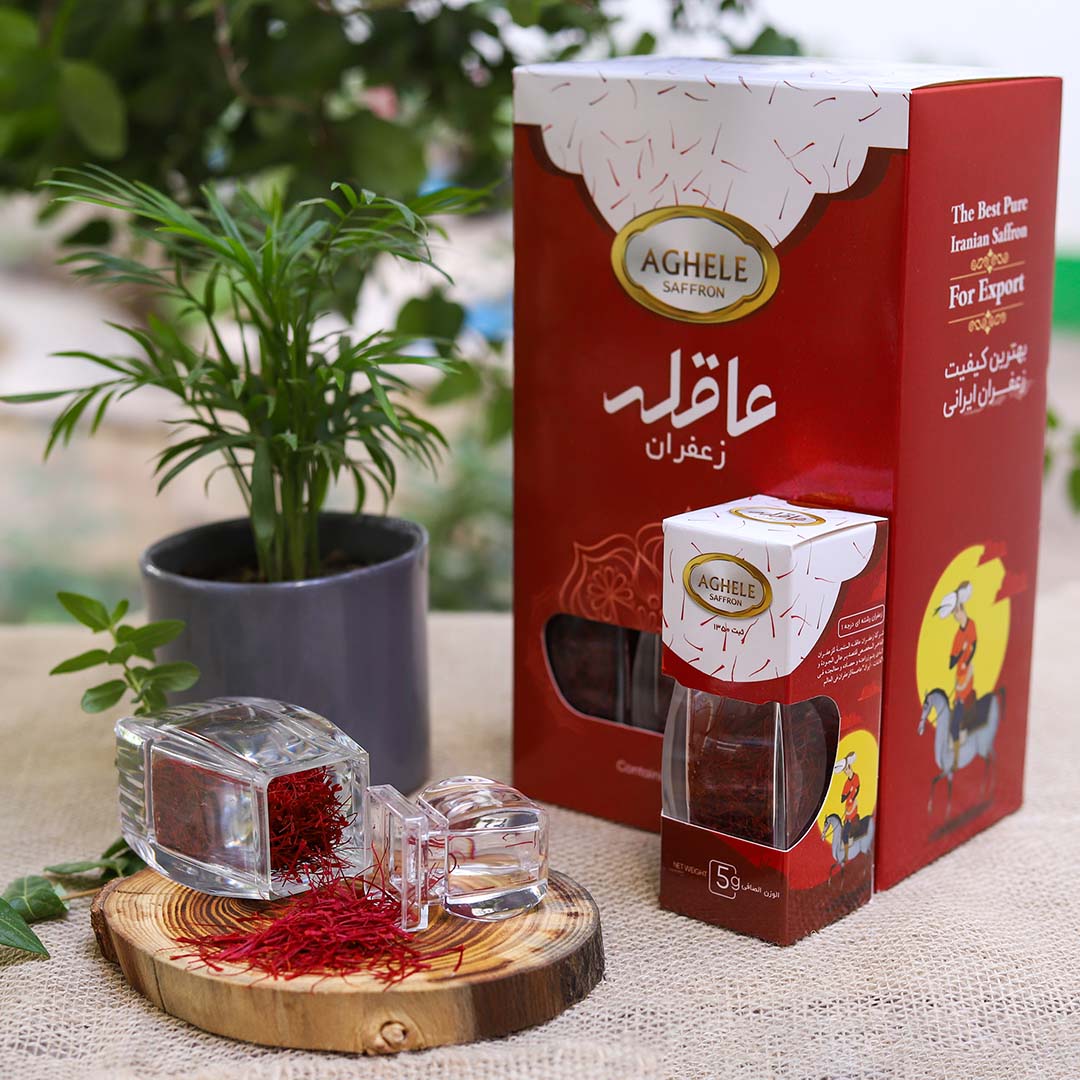
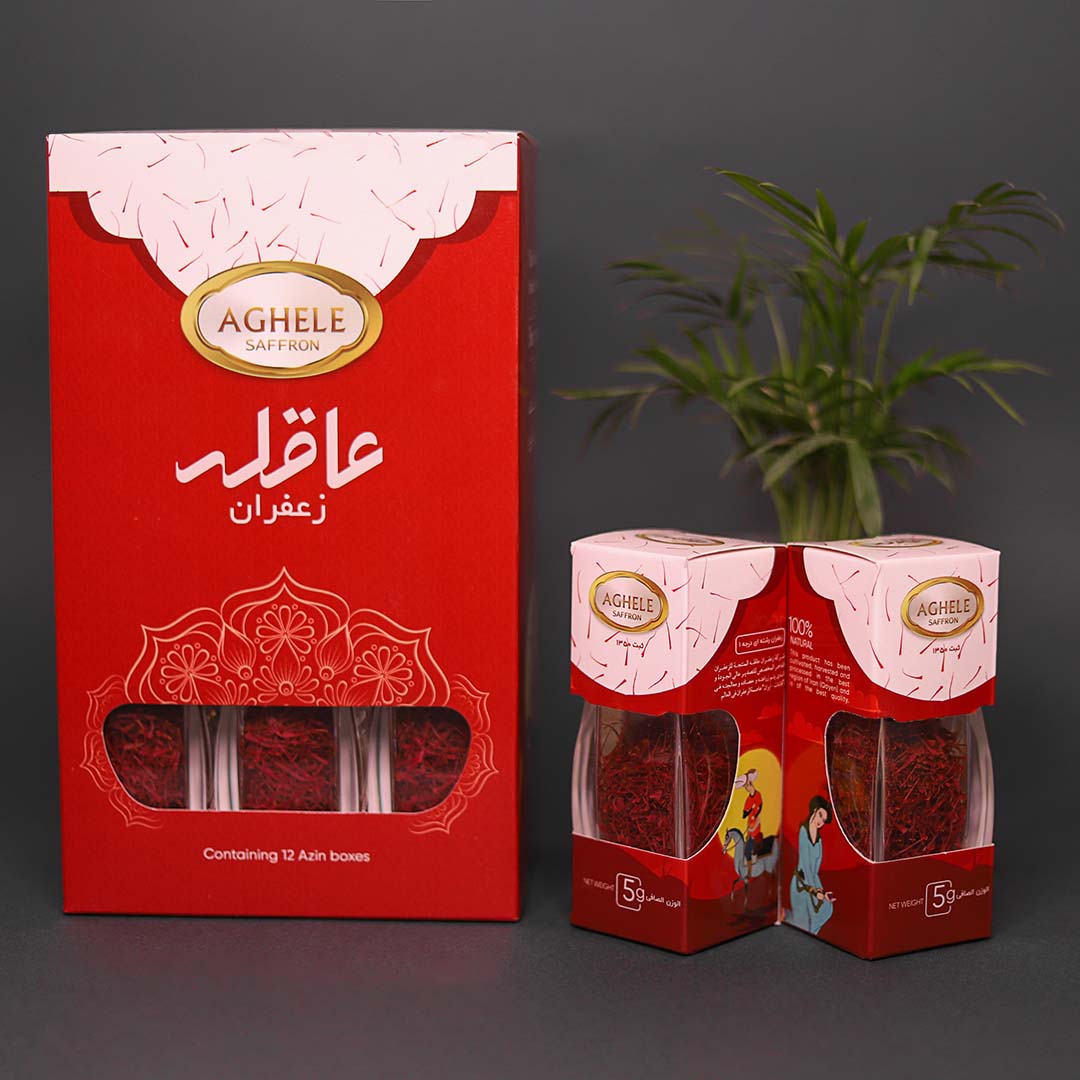

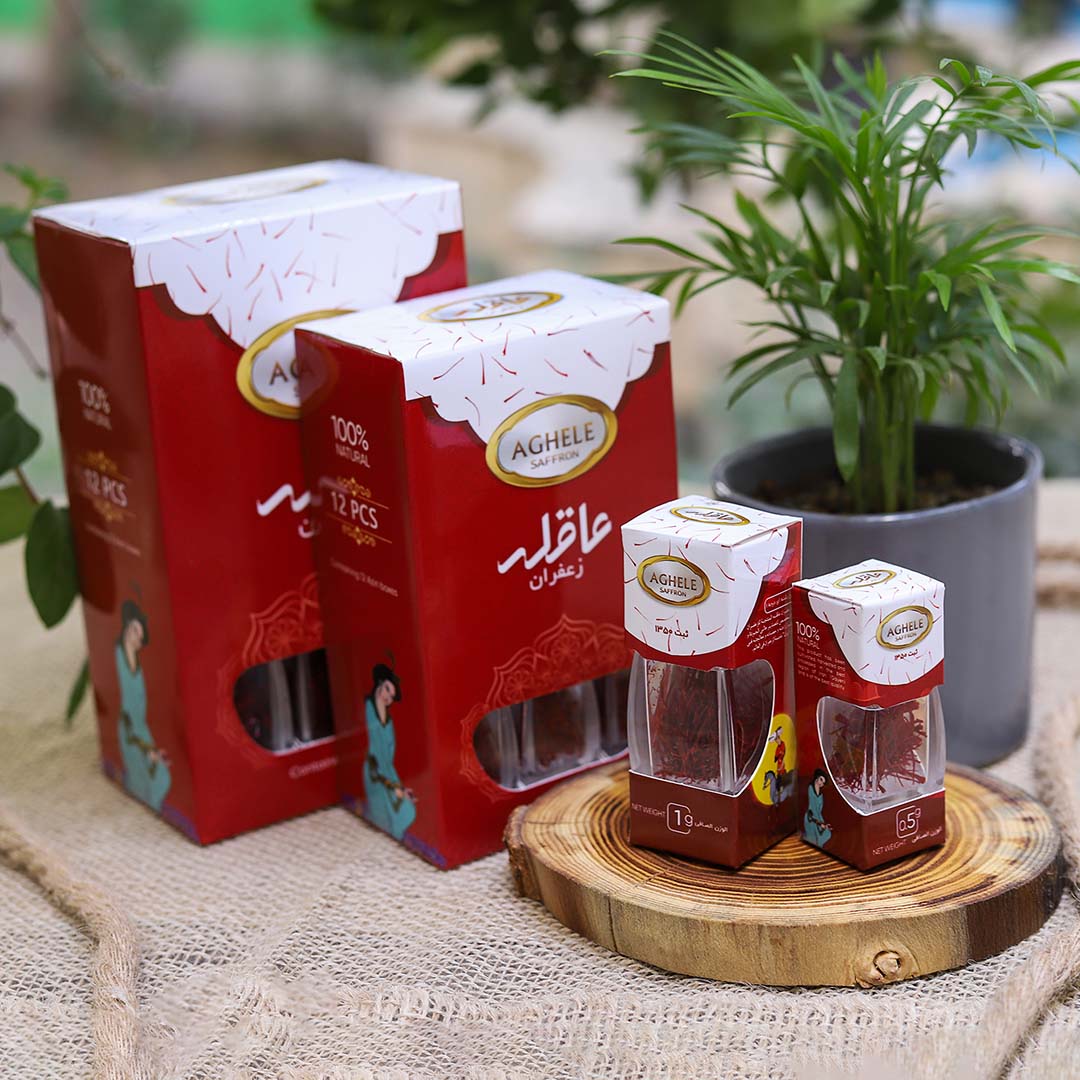
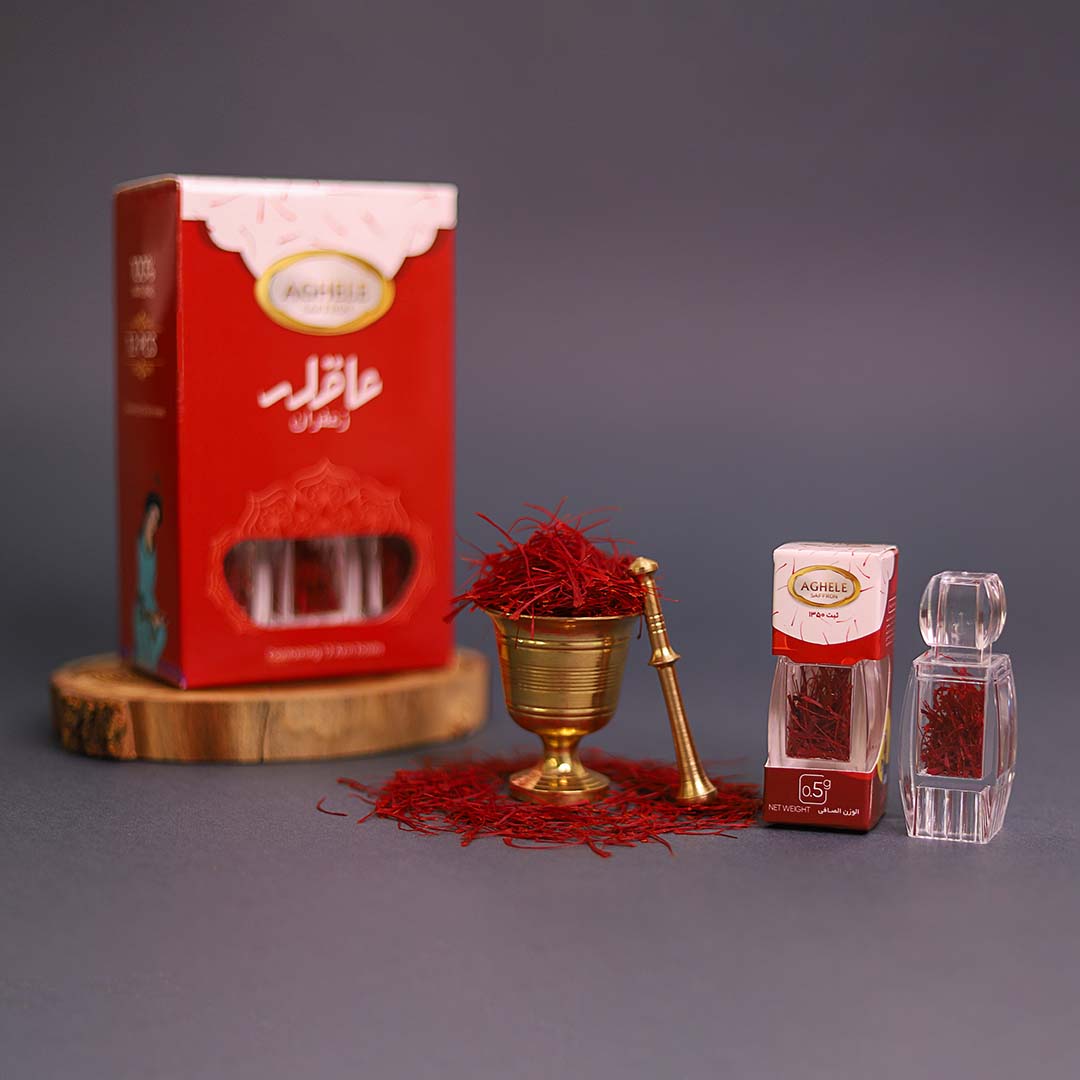
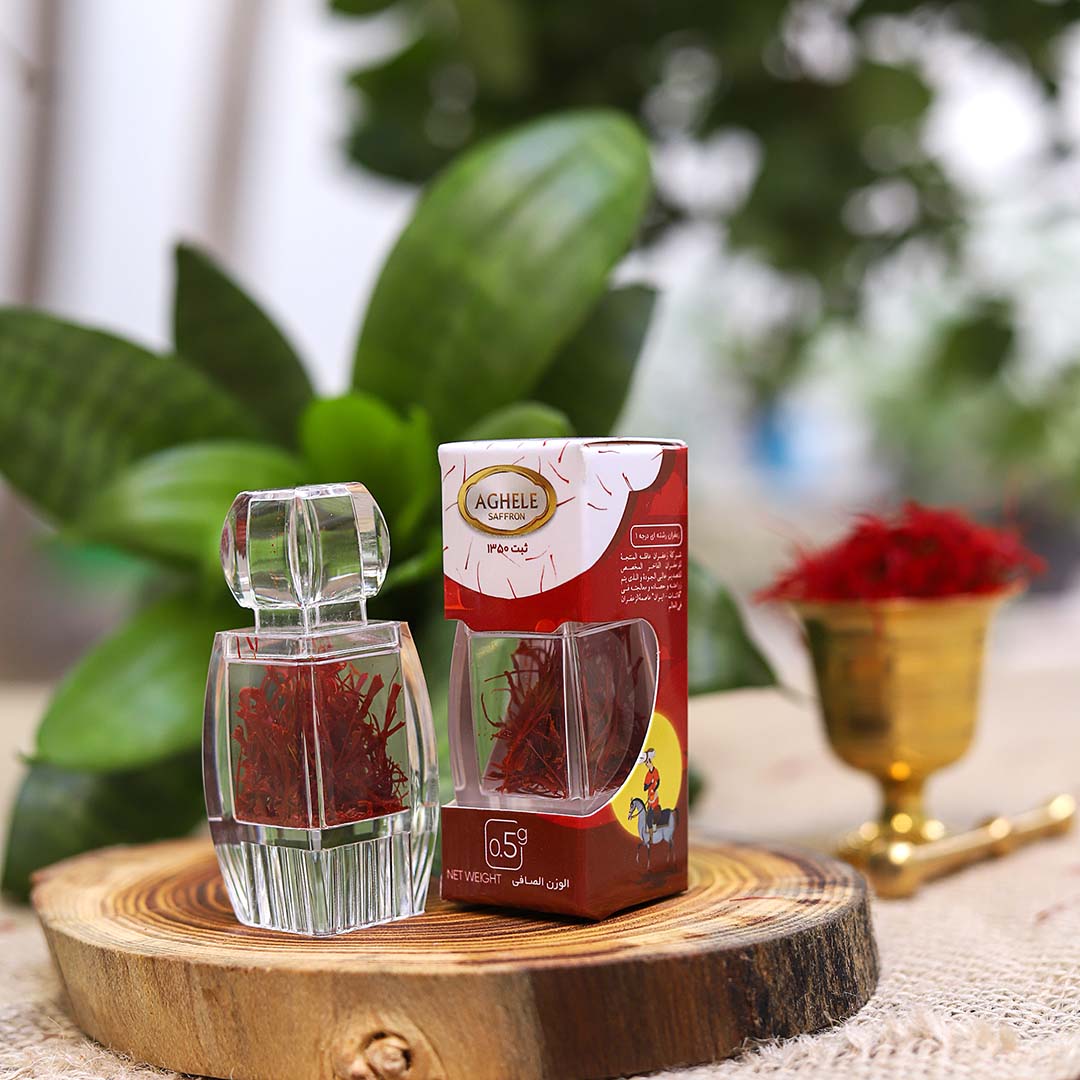

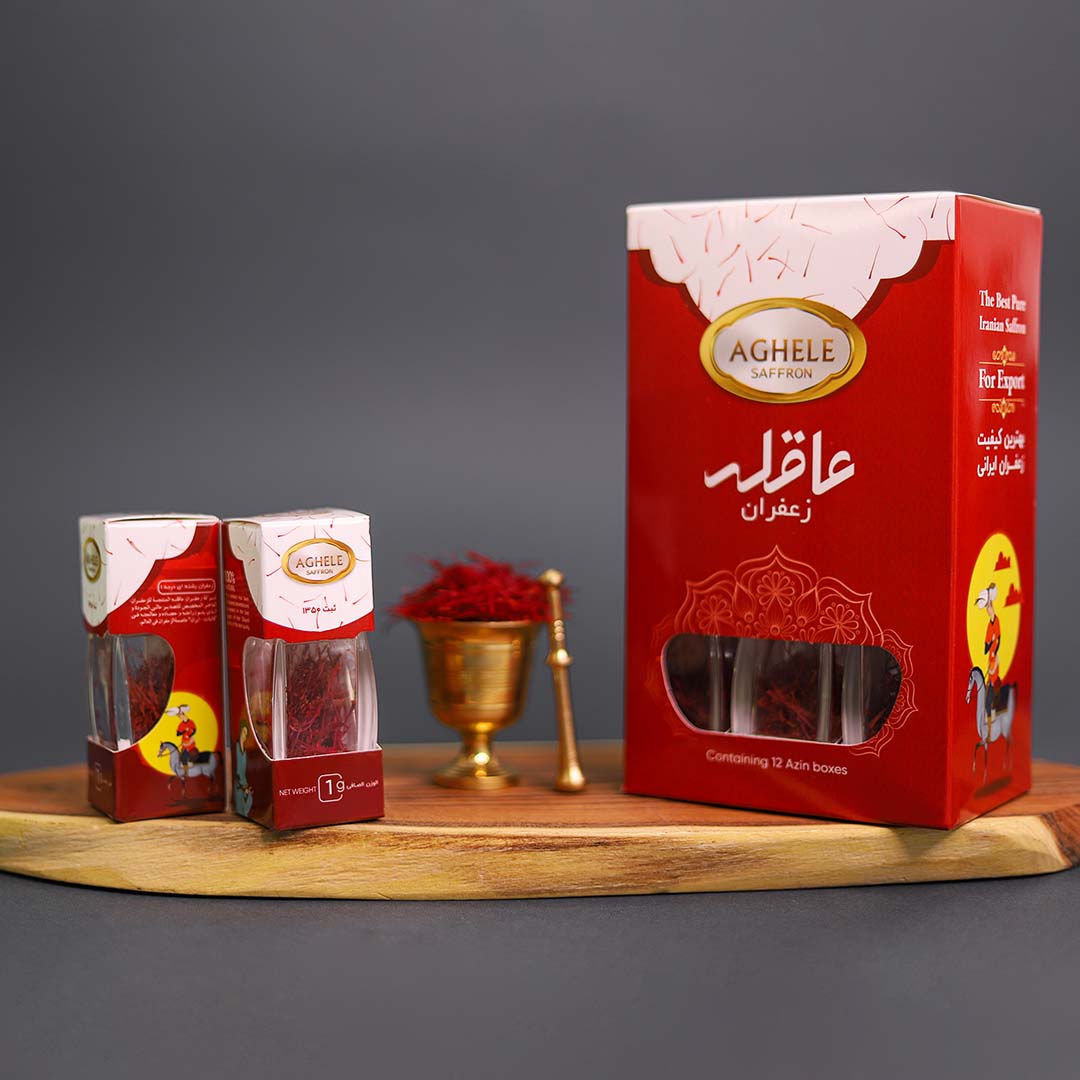
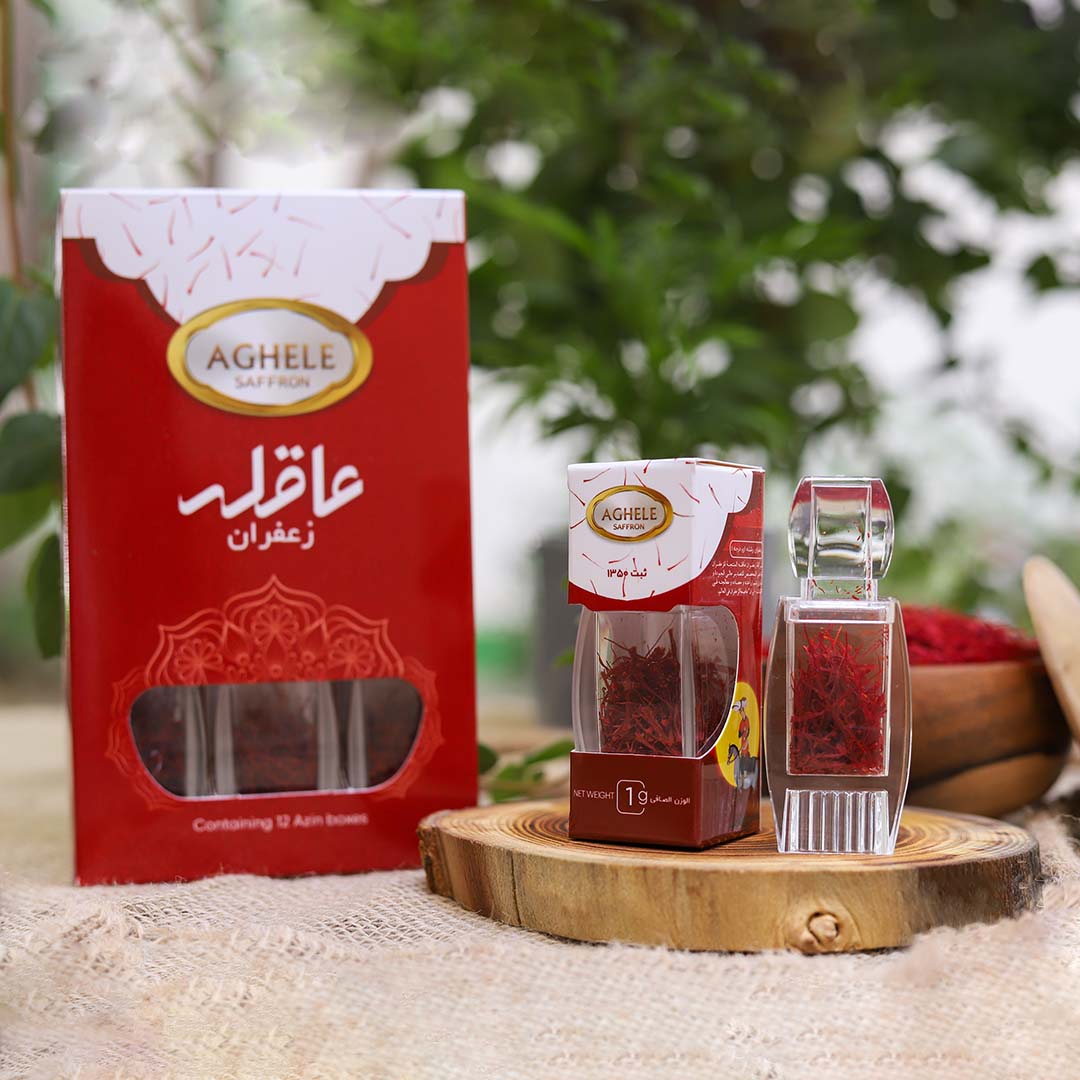

Reviews
There are no reviews yet.